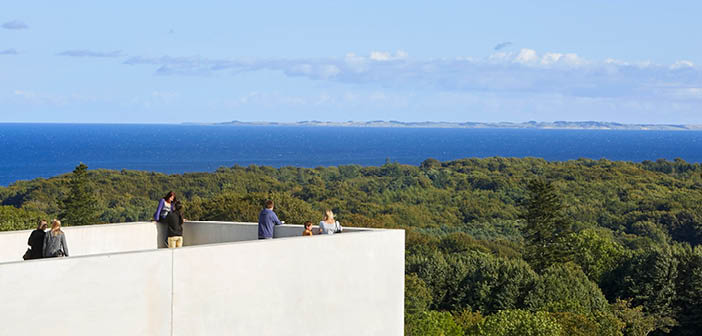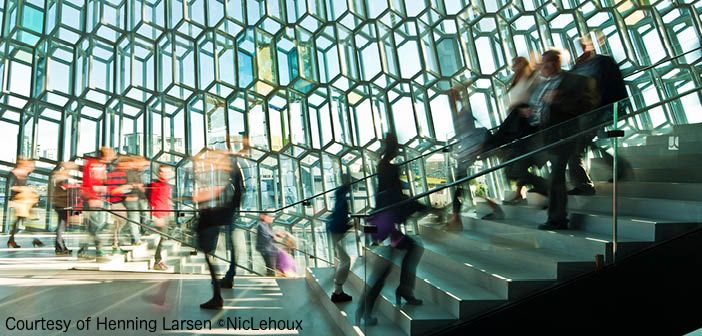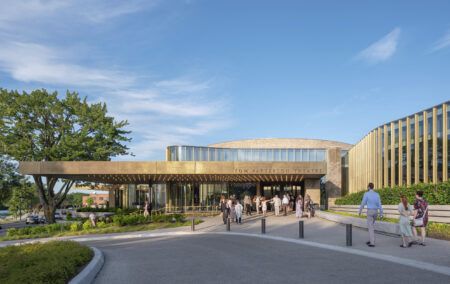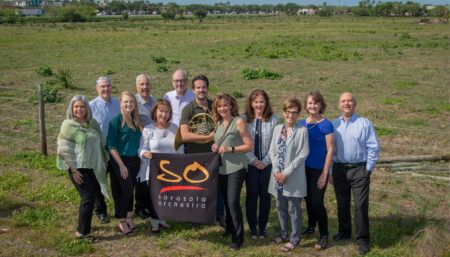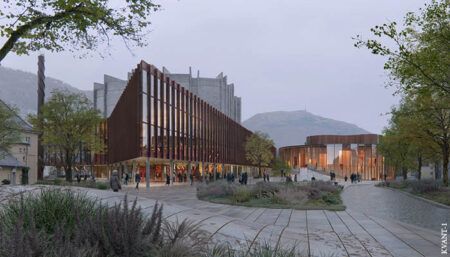As the impact and constraints of the architecture industry become increasingly clear, thoughtful design is more essential than ever. Two architects from Henning Larsen ponder what that will look like, especially as our world undergoes a seismic shift.
How do you see architecture changing in the coming years? What do we need to prioritise?

Franck Fdida, lead design architect: A key focus will undoubtedly be resilience. When talking about sustainability, the most important challenge ahead of us is to alter how we handle resources and think about lifecycles. Today, while we always consider flexibility in design, it still quite often revolves around the flexibility of one programme, one user. But we can no longer afford to think short-term and mono-programme. When we think about the building of tomorrow, we need to be thinking about the building we have today.

Kasia Piekarczyk, architect: Something that we have to keep in mind about architecture is that the field won’t change until we do. But considering the time necessary from the concept to construction, at any given moment we are already shaping the architecture of the future. We have a responsibility to design for the foreseeable challenges like climate change, which presents more tangible anchor points for design processes, while also addressing soft and intangible ones, overpopulation or urban loneliness, among others. In my view, it will become important to further augment technology and data from different fields within our daily work.
Fdida: We will also increasingly have to think at the scale of cities, even as we balance it with individual human needs. We need to think more creatively about our approaches to density, ones where cities can accommodate growth without losing their human-scale qualities. People shouldn’t be made to feel small by the places they live in.
There are any number of options to explore: ground level plans might extend even more to be part of the public domain, individual vehicles could be limited even more to the periphery. Public spaces and educational buildings will play a key role here. They will need to be multi-functional, accessible all year (and all day) long, and become anchors for the local community.

Have these priorities changed given the pandemic situation? What has this revealed about design, and how can it alter the way we work in the future?
Piekarczyk: The priorities haven’t changed so much as they have expanded. Many of us working from home have had more time to reflect on where we are; to me, it seems impossible to ignore how much environmental issues are connected to this pandemic.
Unsustainable architecture and urban planning (ie. design as a short-term solution to a single programme problem) puts huge pressure on the environment, shrinking habitats and diminishing ecosystems. This environmental stress will likely result in more viral mutations among animals, which are then more likely to transfer to humans. This isn’t news. We have already seen this in past epidemics, albeit on a lesser scale.
Fdida: It’s an approach that shouldn’t just be limited to projects, it can also be in how we work together. As an international office, we are used to travelling all the time, typically to meet with clients and collaborators. Not being able to travel or meet in person has forced everyone to take digital collaboration seriously and to the next level, whether or not we felt we were ready for it. It has been an opportunity to rethink our traditional methods of collaboration – less travel means a reduced CO₂ footprint, something that now feels more important than ever.
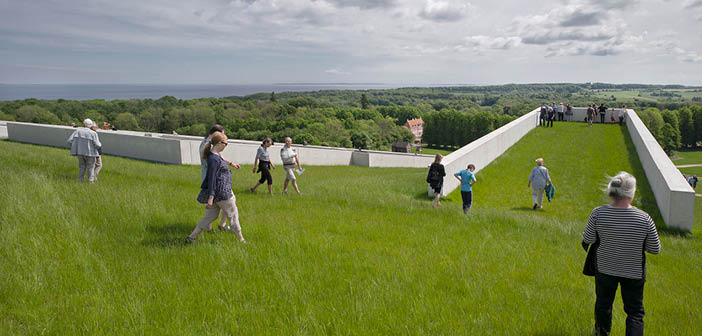
Piekarczyk: Another essential focus should be the near-universal solitude we’ve experienced. The lack of social interaction has had profound effects on us all, and I notice that the quality of space (built or not) can have a big impact on the interactions that we are able to have.
There are so many lessons to be learned from this situation, but I believe there is a brighter future ahead of us than the ‘normal’ we were used to. Perhaps one thing to consider is that we should not think about the next phase as ‘post-pandemic’ but rather as ‘inter-pandemic’. Thinking ‘post’ may tempt us to believe we are past the need for change.
Fdida: In the pandemic situation, people have been requested (or required) to stay home. As our access to the outdoors, daylight and nature has dwindled, our intrinsic need for all these things has become painfully clear. Without them we are stressed, disconnected and lonely – all this on top of the uncertainty and isolation that defines the pandemic situation. Designers usually consider access to or integration of these elements at the scale of a building or a district, but it’s clear that they are nothing less than basic individual rights.
At Henning Larsen, one of our core values is that design should encourage social interaction. How do we integrate this in design when the context doesn’t allow for it because of a quarantine? How can we help people find ways to be together even when we have to be apart? These are the questions we will have to address in the future.
